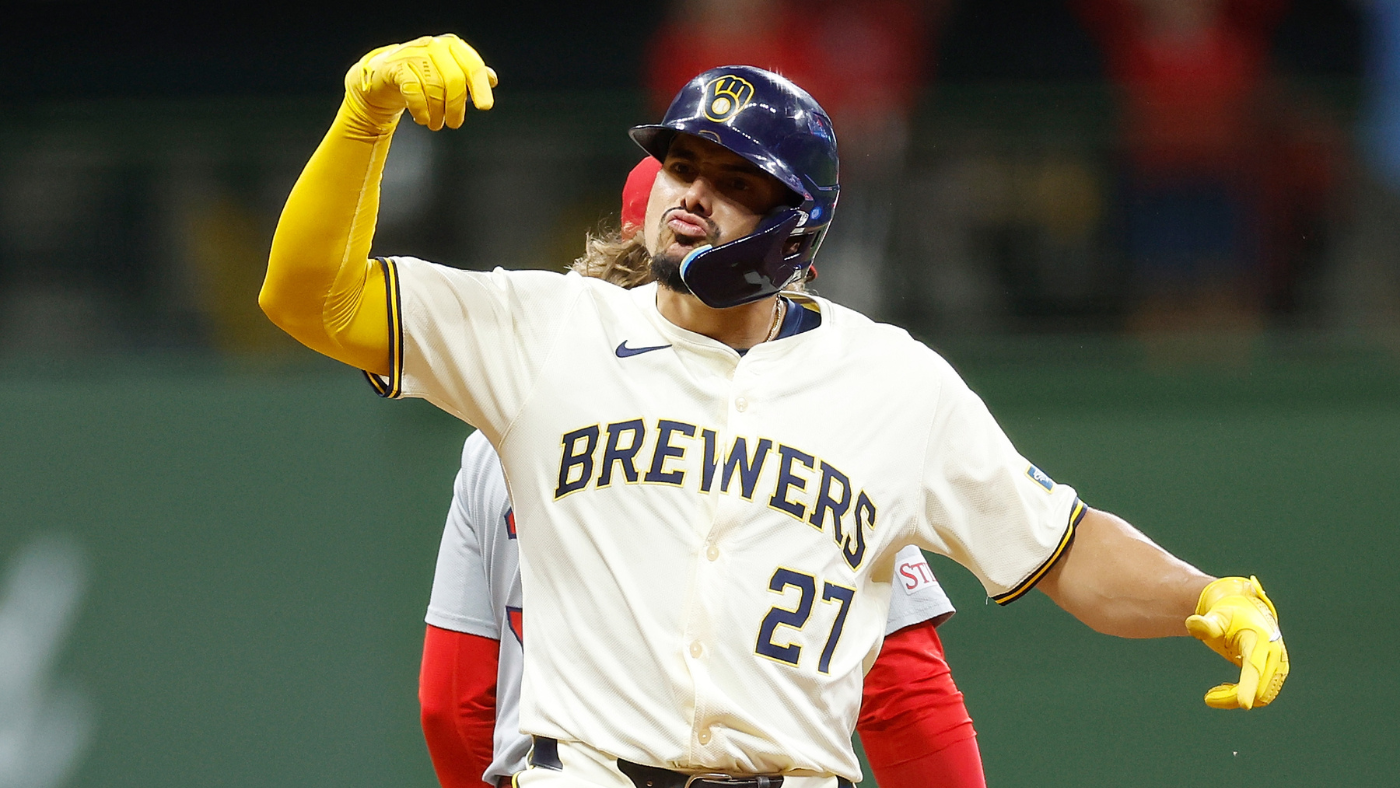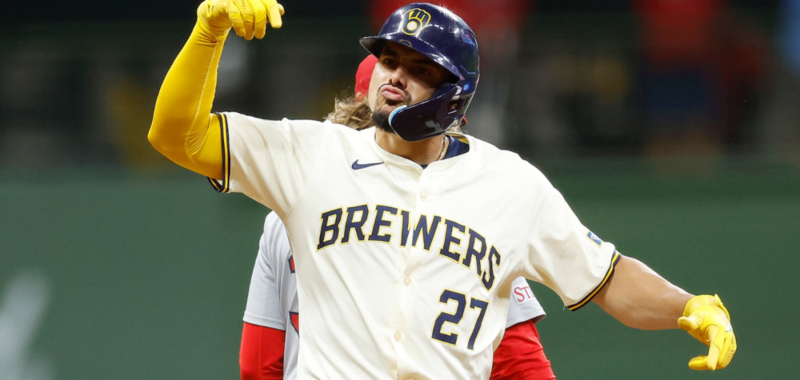
Anyone who has endured a business management course knows that they’re a waste of time at best and a soul-corroding endeavor at worst. Those unfortunate souls have, additionally, heard of the concept of a “red team” or of “red teaming.” For everyone else in the crowd, that’s a consultant’s terminology for playing the devil’s advocate. It’s a straightforward exercise that sees individuals push back against an idea, the thinking being that good ideas will withstand the critical assault and bad ones won’t.
The same is true for ballplayers. We know as much because every so often we conduct a similar exercise within a baseball context. This particular article is one such occasion. Below, we’ve taken the top 10 free agents on our board and presented an argument against signing them. The purpose is not to run down these players — they’re all incredibly skilled and worthy of the riches coming their way — but to stir some thought while illustrating the complexity of player evaluation. In some cases, our reasoning might convince you; in others, it won’t even convince us.
Now, with all that mumbo jumbo out of the way, let’s get to the reason you clicked.
The on-the-field argument against signing Soto is that he’s a substandard defender who could require the designated hitter role before his 30th birthday.
That’s not convincing in our eyes, given Soto is a Hall of Fame-caliber hitter who more than atones for his lackluster glove at the plate. As such, the actual argument we would make against signing Soto has to do with his possible tax hit.
The teams willing to pony up for Soto ostensibly don’t care about the overage penalties that come with greatly exceeding the taxline. At a certain point, though, the luxury tax is a math game and it’s undeniably tougher to avoid this or that threshold if a single player on the roster has a tax hit exceeding $50 million annually.
Again, we wouldn’t be swayed against signing Soto by that rationale, and it speaks to how good he is that it’s the best we can muster.
Burnes has seen his strikeout rate decline in three consecutive seasons, and the effectiveness of his trademark cutter waned throughout the year until he made a late correction to induce more swinging strikes. Our biggest issue, though, concerns Burnes’ workload and chances of holding up heading forward.
Burnes has thrown the fourth-most innings in baseball since the start of 2021, earning him the “workhorse” label. If you’re a subscriber to the notion that every pitcher breaks over a long enough timeline, then you’re probably tugging at your collar thinking about making an offer of seven or more years to any veteran starting pitcher.
To put it another way, a decade ago the top five innings eaters over the preceding four-year period were James Shields (entering his age-33 season), Justin Verlander (32), Félix Hernández (29), Clayton Kershaw (27), and R.A. Dickey (40). All five pitchers had averaged more than 220 innings over the previous four years. At the time, you probably would’ve felt most confident in Hernández and Kershaw, the youngest pitchers in the group, recording a few 200-inning seasons of the group heading forward. That’s not how things played out. Rather, only Verlander (four) and Shields (two) have recorded multiple 200-inning seasons since. Hernández and Kershaw, meanwhile, notched just one apiece alongside the ancient Dickey.
Teams have access to medical records and biomechanical data, stuff that ought to transform projecting pitcher health from a drunkard’s walk to something more efficient. From our perspective, the takeaway here is that you should never feel too confident about future workloads based on age or demonstrated durability.
We already laid out the case for being somewhat concerned about Bregman’s long-term out look as part of his top-50 capsule. Here’s what we wrote:
The more we dug in on Bregman, the more we developed reservations about his bat. There’s no denying his feel for contact but we’re not as confident about the other elements. For instance, Statcast’s calculations suggest he would have at least 30 fewer career home runs had he hit the same array of batted balls in one of 17 other MLB fields. You can’t hold that against Bregman — you golf the course you’re on — but it does suggest his power might play down elsewhere. There’s also the matter of his walk rate, which cratered to a career-low 6.9% last season as he grew more aggressive. Bregman’s bat-to-ball and defensive skills remain good enough for him to provide value; there’s just a little more reason to say “hm” here than his name value indicates.
There’s no sense pretending Bregman is Chone Figgins or even DJ LeMahieu. But how his power transfers (or doesn’t) to other environments is something teams will have to wrestle with before submitting the kind of offer that his career to date merits.
So much of baseball analysis and forecasting is based on precedent. That’s important to note because it helps explain some lingering unease over Snell’s future — unease that the Dodgers clearly did not share, given they signed him to a five-year pact worth around $160 million in present value (you’ll be stunned to learn that the contract includes deferred money).
Indeed, we’ve never really experienced a career like Snell from a starting pitcher. He’s tied with Pedro Martinez for the highest strikeout rate for a starting pitcher since the last round of expansion through their age-31 season. He’s not thought of as being a Pedro-like ace for a few reasons, beginning with the fact that Martinez was brilliant during the Steroids Era, before strikeouts became more frequent on a league-wide basis.
There’s also the matter of Snell being more prone to handing out free passes and making early exits from games. If you had to find a contemporary for him, you’d probably settle on someone like Robbie Ray — and Ray missed almost his entire age-31 and -32 seasons while undergoing and recovering from elbow surgery.
We expected the market to be more kind to Snell this winter than last, and it certainly was in a meaningful way. Even so, it’s probably fair to continue to think his long-term outlook has two fat tails.
Forgive us for the lack of imagination on this one, but we think the best argument against signing Fried has to do with the aforementioned idea that all pitchers eventually break. Fried experienced that in 2023, when he was limited to 14 starts in part because of forearm strain. Otherwise, there’s no real skill-related deficiency or red flag that we can spot.
Strikeouts are more accepted now than at any previous point in baseball history. Be that as it is, it’s fair to develop the collywobbles when you put Adames’ K rate into context.
To wit, here is a list of the six shortstops with the highest strikeout rates since the last round of expansion (1998), minimum 2,000 trips to the plate: Danny Espinosa, Trevor Story, José Hernández, Javier Báez, Paul DeJong, and Adames. Now, here’s what those same players accomplished from their age-29 seasons onward:
- Espinosa was in his penultimate big-league season. He would hit for a 79 OPS+ that would look Judgeian compared to his ensuing year’s output (42 OPS+).
- Story, in his first year with the Red Sox, provided league-average offense. Alas, he would begin to experience the injury woes that have plagued him in Boston. He’s hit for an 89 OPS+ and averaged 54 games per pop in three years.
- Hernández was a trailblazer — every other player on this list has been active within the past decade. Not him; he was living this life before it was cool. Hernández had the best career after turning 29 of the group: he had a number of solid seasons afterward, including his only All-Star appearance in 2002. Alas, he was effectively done as a regular by the end of the following campaign.
- Báez was in his first year with the Tigers, a season that saw him put up a 91 OPS+ in 144 games. Thus far, it’s been his healthiest and most productive campaign with Detroit. All together, he’s hit for a 71 OPS+ in the Motor City.
- DeJong’s age-29 campaign doubled as the 2023 season. He started the year strong, putting him on pace for his finest effort since 2019. He then cratered after a midseason trade, producing a season-long 66 OPS+. DeJong did fine in 2024, but it’s fair to view his strikeout-heavy, walk-light approach as a house of cards.
That leaves Adames, who will be embarking on his age-29 season next spring, in the first year of the long-term contract he signs this winter. We’ll see how it goes.
7. Roki Sasaki, RHP
Simple as a song: Sasaki has been limited to 33 starts the last two years by injuries, including a bout of shoulder fatigue. He’s explosive and exciting, but it’s fair to wonder how long his body will hold up if he’s already experiencing this kind of trouble in his early 20s. We’ll acknowledge the circumstances of Sasaki’s free agency (e.g. in-built wage suppression) differ from everyone else on this list. Heck, we’ll go as far as writing that all 30 teams would gladly sign up for Sasaki averaging between 15 and 20 starts over the next six seasons given the cost and the potential upside on hand.
Flaherty is only a year removed from notching an indignity hat trick: posting an 87 ERA+; being relegated to mop-up work in the postseason; and then settling for a pillow contract with what appeared to be at the time a noncompetitive squad. He’s since made some obvious tweaks to his arsenal, ridding himself of a cutter and improving the verticality of his fastball. How much do you trust those gains to stick heading forward? Furthermore, how much do you trust his body to hold up? There are some real durability concerns here that get overlooked by the questions about his performance. Flaherty’s 162 innings were the second most he had thrown in a big-league season, and he had previously averaged just 75 innings per pop in the preceding four years.
Speaking of faith and reinvention. For the second consecutive winter, the narrative concerning Manaea’s free agency has to do with the changes he made in-season that have upped his true talent level. Last year, our Mike Axisa pointed out how Manaea had upped his velocity and added a sweeper; this year, the focus is on the altered release point that stemmed from Manaea doing his best Chris Sale impersonation. There’s no doubt Manaea performed well (really well, in fact) after making those mechanical tweaks. It’s fair to wonder, all the same, if he’ll experience diminishing returns as batters across the league update their priors when it comes to the looks he offers.
Eovaldi has been a sturdy mid-rotation starter for years now, to the point where you might be lured into a false sense of confidence that he’s going to keep doing this for years to come. He’s entering his mid-30s, however, and history is chock full of similar pitchers who signed multi-year free-agent contracts right before breaking down or losing effectiveness.

